Download a PDF of Culdaff Census 1901-1911
I have uploaded the 1901 and 1911 Census for Culdaff village which shows how life in the village has changed over 100 years ago. Many names are still there. Following the very popular Facebook page OUR CULDAFF, set up by Jennifer Doherty, would readers please upload any old photos of family, friends or relations who lived in the village in 1911?

Here is a summary of the occupations in 1911 – 3 shoemakers, I retired navy fireman, post office workers, telegraph messenger, domestics, pubs, stone mason, 2 carpenters, a domestic coachman, 2 boot stores, egg packer, baker, 2 tailors, teacher, clergy, rail goods checker, land surveyor, farmer and some fishermen.
RIC – there was a barracks here from 1827. The RIC men were almost all Catholic, despite the perception that the force was Protestant. They were forced out of the station in 1921 during the War of Independence. The local IRA unit proceeded to wreck the interior afterwards.
While most of the population was Catholic, there were over 40 members of the Church of Ireland (also called Established Church or Irish Church), Presbyterians, Methodists and Episcopalians. The local clergy lived in the village as boarders.
Buildings – apart from grocer shops and pubs, there was a Temperance Hall (Wee Hall), Dispensary (since 1827), National School, Church, and a Loan Fund (since 1843).
Coastguards – not listed, but they had their own accommodation at Meenawara.
In 1911, there was a campaign to extend the railway to Culdaff from Carndonagh. Supporters pointed out that the land was flat and therefore the extension would be inexpensive. A strong case was made that the train would help to develop the export market for fish from Bunagee. James Fleming of Carthage had 6 boats, some of which were built in Killybegs.
- Sean Beattie, May 22nd 2020, in lockdown!
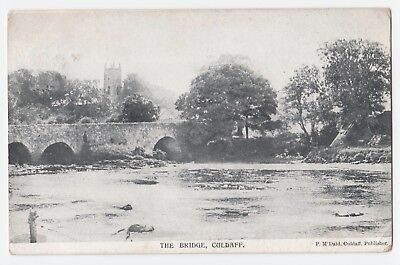


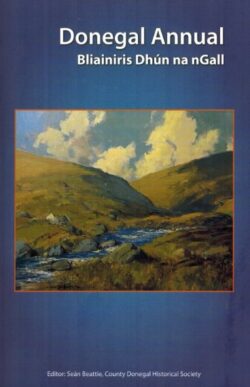
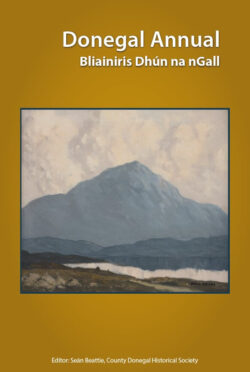
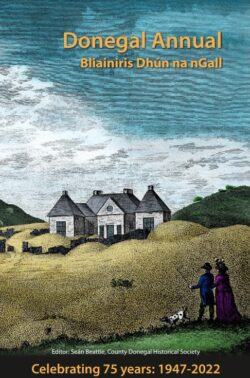
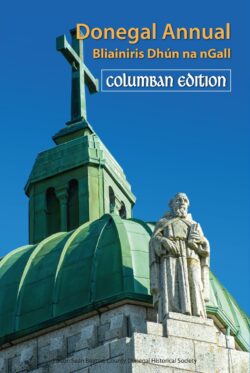
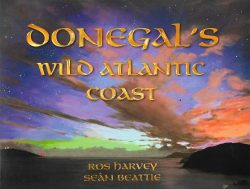
Leave a Reply